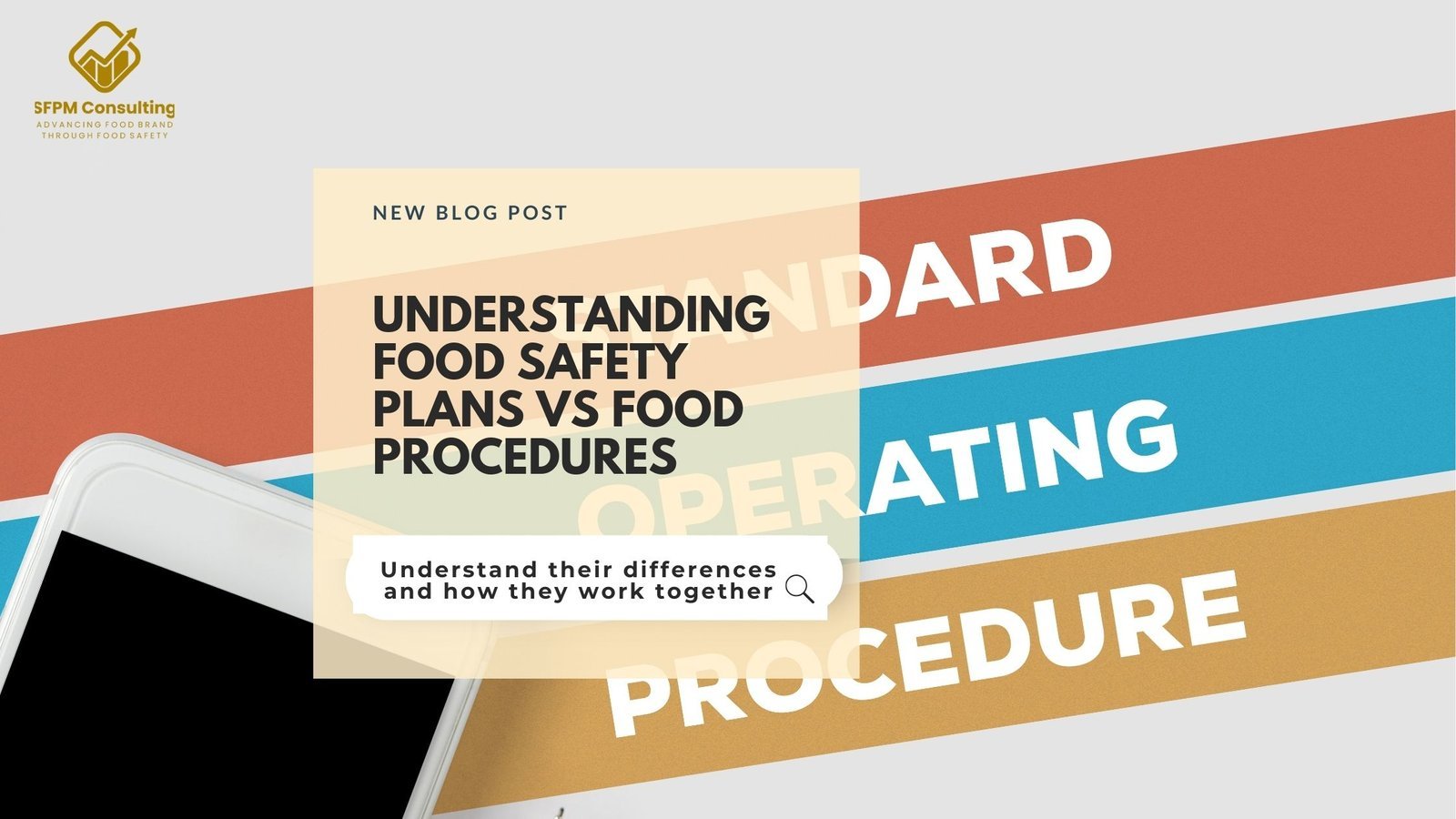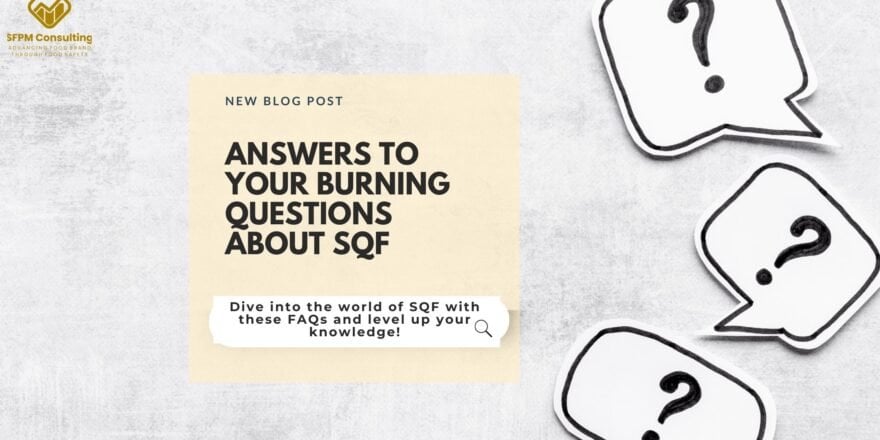
When it comes to ensuring the safety and quality of food, there are two key components that play a vital role: food safety plans and food procedures. While these terms may sound similar, they are distinct in their purpose and implementation.
In this article, we will explore the differences between food safety plans and food procedures, shedding light on their individual roles in maintaining food safety.
Food Safety Plans: The Blueprint for Safety
A food safety plan is a comprehensive blueprint. It is a systematic approach that identifies potential hazards, sets preventive measures, and establishes monitoring procedures to minimize risks.
The Hazard Analysis and Critical Control Points (HACCP) system is at the core of a food safety plan. This internationally recognized system focuses on identifying and controlling hazards throughout the food production process. A food safety plan utilizes the principles of HACCP to assess potential risks and develop effective control measures.
Key elements of a food safety plan include:
- Hazard analysis: Identifying potential biological, chemical, and physical hazards that could contaminate the food.
- Preventive controls: Implementing measures to prevent or minimize the identified hazards.
- Monitoring procedures: Regularly checking and recording critical control points to ensure that preventive controls are functioning effectively.
- Corrective actions: Establishing protocols to address any deviations or failures in the preventive controls.
- Validations and verification procedures: Conducting periodic assessments to verify the effectiveness of the food safety plan.
Food Safety Plan is an important blueprint.
Food Procedures: The Operational Guidelines
While a food safety plan provides the overarching framework, food procedures are the specific operational guidelines that outline the step-by-step processes for handling, preparing, and storing food. These procedures ensure consistency, efficiency, and compliance with food safety standards.
Food procedures encompass various aspects, including:
- Receiving and storage: Guidelines for inspecting and storing incoming food items to prevent contamination and maintain freshness.
- Food preparation: Standardized instructions for handling, cooking, and assembling food to minimize the risk of cross-contamination or mishandling.
- Cleaning and sanitation: Protocols for maintaining a clean and hygienic environment, including cleaning schedules, sanitization methods, and pest control measures.
- Personal hygiene: Practices to ensure that food handlers adhere to proper hygiene measures, such as handwashing, wearing appropriate attire, and avoiding contact with potential contaminants.
- Record-keeping: Documentation of critical information, such as temperature logs, supplier information, and training records, to track compliance and facilitate traceability.
The Relationship of Food Safety Plans and Procedures
Food safety plans and procedures are interconnected and work together to ensure the overall safety of food. While a food safety plan provides the strategic framework, food procedures translate those strategies into practical guidelines for everyday operations.
Food procedures are derived from the food safety plan and tailored to a food establishment’s needs and processes. They serve as a reference for employees, guiding them on how to handle food safely and consistently.
Adhering to these procedures is crucial to maintaining the integrity of the food safety plan and preventing any potential hazards.
So, how do you get your food safety plan and food safety procedures done?
Hire reliable food safety professionals such as a registered SQF Consultant and food safety management system professionals.
For something simpler, like food safety procedures, you can purchase and customize our food safety templates.
When you are rushing to get your SQF certification, reaching out to food safety professionals can help you get the procedures done and receive expert guidance on implementing your food safety program.
Remember, cost is not everything. We save thousands of dollars for our clients because we teach them how not to rely on us. We teach you how to, while supporting you in your HACCP and SQF journey. That’s our differences.
Not to forget, regular training and communication are essential to ensure employees understand and follow the established food procedures.
By fostering a food safety culture, food operations can minimize risks, protect customers, and safeguard their reputation.



